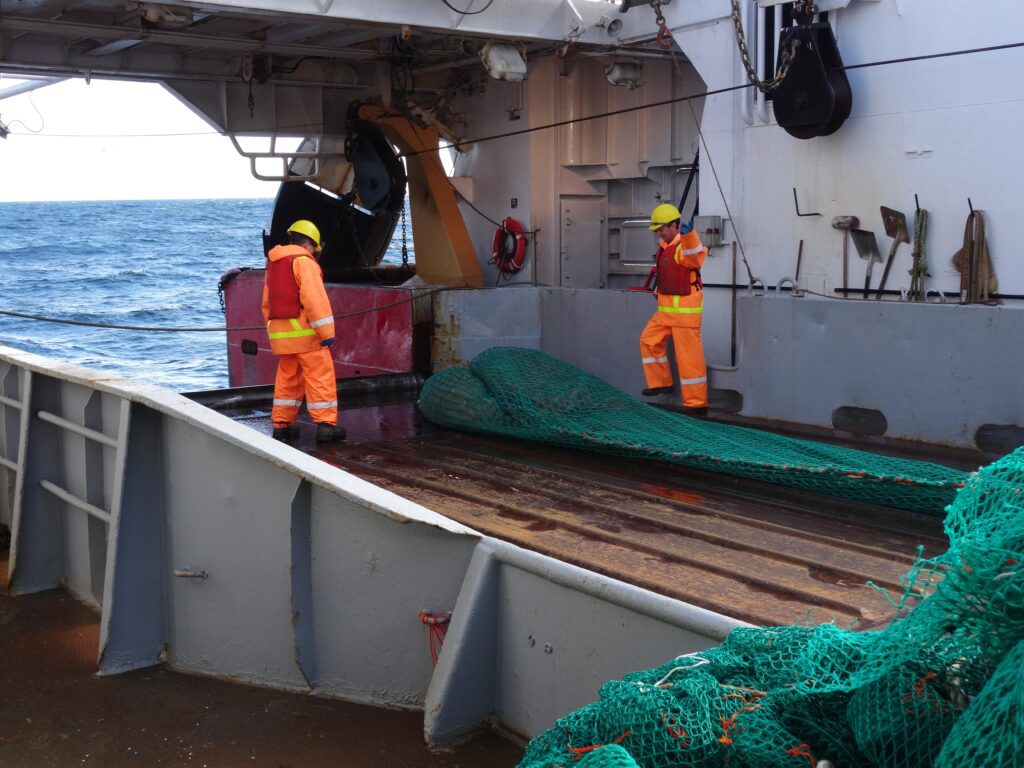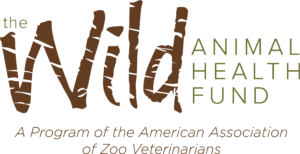Collaboration is Key to the Wildlife Conservation Puzzle

In the cold northern seas, beluga whales are facing a unique threat. Toxoplasmosis, a parasite transmitted by feline species, has made itself prevalent in the St. Lawrence Estuary. Along the shores, this has led to stranded and deceased whales of a once peaceful population. Collaboration is integral to wildlife conservation. One person, or even one organization, can’t begin to cover the expenses and research needed to solve this issue. We must work together to solve the wildlife conservation puzzle.
After all, conservation is costly.
That’s where the Wild Animal Health Fund, Canadian Wildlife Health Cooperative, Parks Canada, and the Department of Fisheries and Oceans Canada step in. Wildlife veterinarians are able to tackle the toxoplasmosis disease in the St. Lawrence Estuary thanks to the combined effort of these programs, which funds equipment, transportation, and proper medical supplies.
Collaboration in wildlife conservation is critical.
In the St. Lawrence Estuary, the beluga population is isolated and endangered – in fact, there are less than 800 whales that call the St. Lawrence River home. That makes the collaboration between the conservation programs involved in this project all the more important. The Wild Animal Health Fund has covered the scientific expenses of this study, including PCR testing and costs for materials. Other institutions cover costs like wages, salaries, and travel.
The result of our combined efforts allows veterinarians to learn more about diseases and contaminations in environments like those in the St. Lawrence Estuary. Collaboration in wildlife conservation projects is what helps us solve the conservation puzzle. Wild animal health must be included in the conversation.
You too can be part of the process of creating a healthy, balanced planet. Help fill in the missing piece of the puzzle-wild animal health. Consider giving directly to critical wildlife research efforts like these to ensure a bright future for all living beings.
